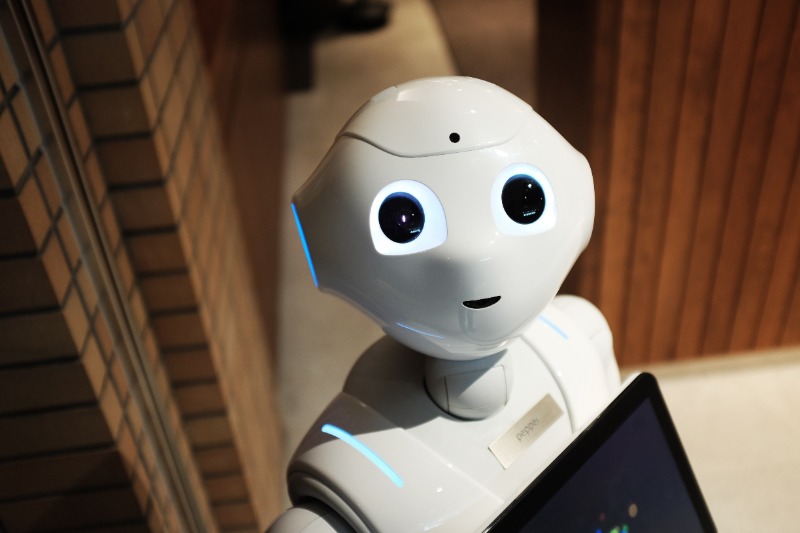Social robots during COVID-19
Dr Laura Aymerich (UPF) and Dr Iliana Ferrer (UAB) examine the implementation of social robots in real environments during the COVID-19 pandemic

In 2020, physical distancing and isolation measures were adopted around the world to contain the spread of the COVID-19 pandemic. This particular situation provided an unprecedented opportunity for social robots to prove their value in helping people in health crisis scenarios.
Social robots are those specifically designed to physically interact with humans. To do this, they are created to follow the rules of human behaviour and to have natural communication skills.
To understand the usefulness of social robots during the pandemic, Dr Laura Aymerich (UPF) and Dr Iliana Ferrer (UAB) tracked and analysed 240 implementation cases with 86 different social robots around the world that were deployed during the pandemic. COVID-19 pandemic outbreak.
The researchers identified experiences in 41 different countries. China was the country where the most experiences were found, and hospitals were the place where most deployments took place.
The study results suggest that the adoption of social robots during the coronavirus outbreak is strongly related to the use of this technology for crisis management, in particular, to facilitate physical distancing and alleviate psychological distress.
The ability of social robots to play the role of liaison to minimize direct human-to-human contact, safeguard to ensure contagion-free environments, and wellness coach to protect mental and physical health is key to explaining adoption in this context.
Reference:
Aymerich-Franch, Laura, and Iliana Ferrer. 2022. “Liaison, Safeguard, and Well-Being: Analyzing the Role of Social Robots during the COVID-19 Pandemic.” Technology in Society 70:101993. doi: 10.1016/j.techsoc.2022.101993
